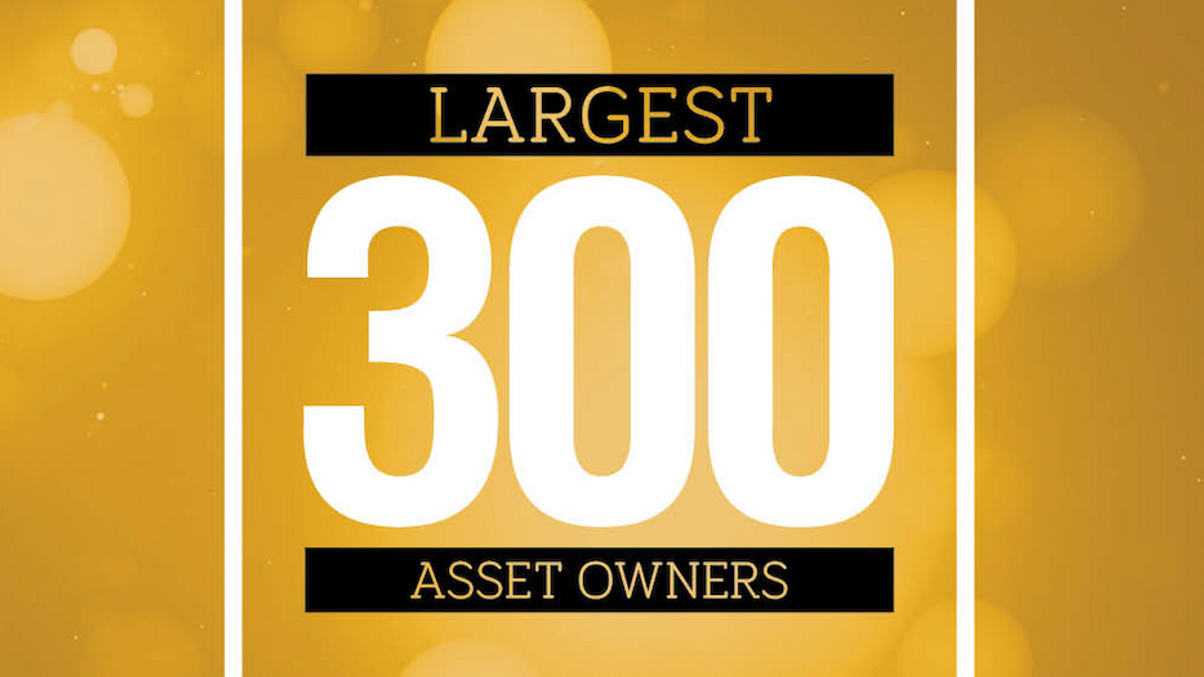AI300: Japanese instos lead Asia-Pacific AUM fall
Japanese investors are alone this year among asset owners in seeing a decline in their aggregate AUM, AsianInvestor's annual AI300 rankings show.

AsianInvestor’s annual study of the Asia-Pacific region's top asset owners shows only Japanese investors, on aggregate, posted a drop this year in assets under management (AUM).
Sign in to read on!
Registered users get 2 free articles in 30 days.
Subscribers have full unlimited access to AsianInvestor
Not signed up? New users get 2 free articles per month, plus a 7-day unlimited free trial.
¬ Haymarket Media Limited. All rights reserved.


